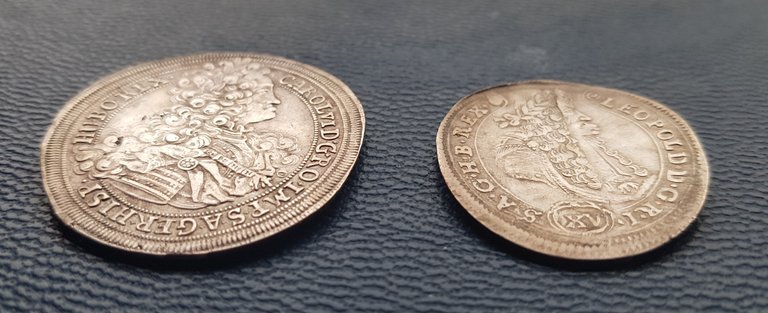
Do these coins seem special to you? No? Then let's look at them from the other side.
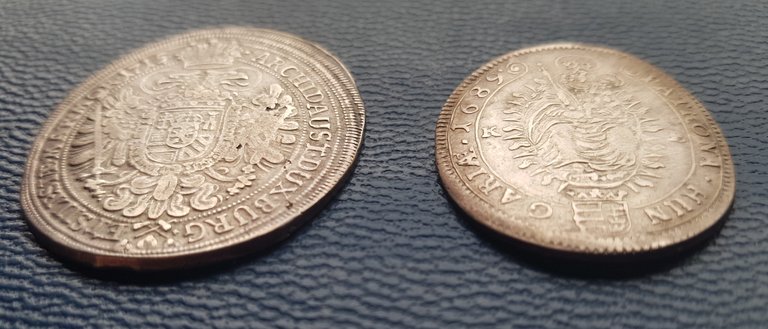
You still don't find anything strange about them? Then look at the shape. The coin is a wheel. But this isn't a circle. It's part of a roll. The coins are somewhat convex.
Were the coins mishandled? Were the coins twisted during circulation? No. This is what they looked like at the time of their creation.
The shape of the coin is due to the minting technique of the time. If you can call it minting. I was taught that the Industrial Revolution began in the mid-XVIIIs at the earliest. But here I present coins that were struck by machine in the late 17th and early 18th centuries.
Can you imagine printing a newspaper? The roll is printed on a roll of paper. And that's also how coins were minted. The rolls were embedded with coin punches that were imprinted on both sides of the silver sheet. The two rolls with the coin punches ran against each other. The coins were then struck by an other punch. The remaining material was remelted and reused.
I'm not an English speaker. I've been playing with the translator on deepl.com. I don't know if the result is understandable. But the shape of the coin suggests what might have happened to it.
The method seemed very progressive. In reality, the stamps often did not fit together and the scrap was enormous. That's why the method was abandoned after about 50 years.

A classic view of coins.
1/2 Thaler, Kingdom of Bohemia, 1715, Charles VI. (as Roman Emperor), rulled 1711-1740, diameter 37 mm, weight 14.25 g of silver, purity 875/1000, Mint Kutná Hora, Coinmaster Bernard Wohnsiedler
15 Kreutzer, Kingdom of Hungary, 1689, Leopoldus II, rulled 1657-1705, diameter 30.3 mm, weight 6.44 g of silver, purity
563/1000, Mint Kremnica
Incidentally, Charles VI was the son of Leopold I. The family resemblance was not denied. Especially the lower "Habsburg Lip" is famous.
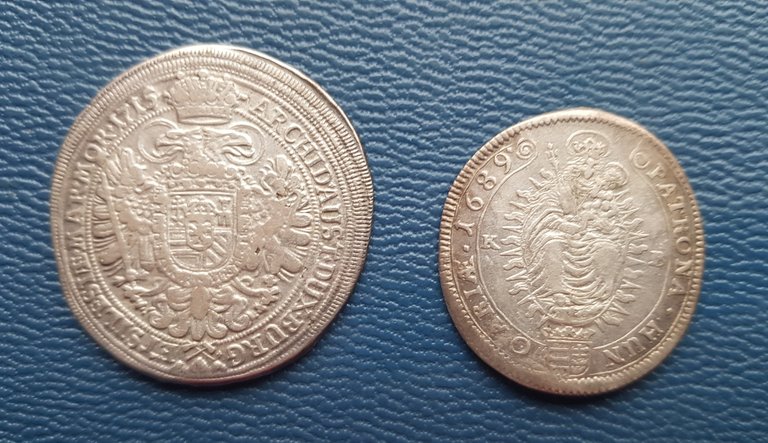
I'll show you two sixkretzer of Leopold I.
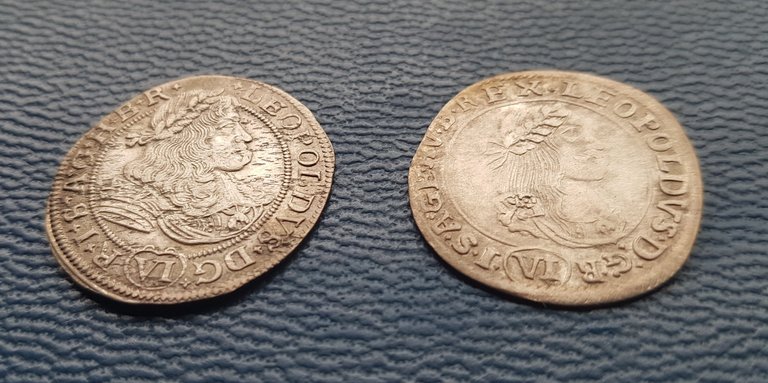
Damage to the first coin is a manufacturing defect.
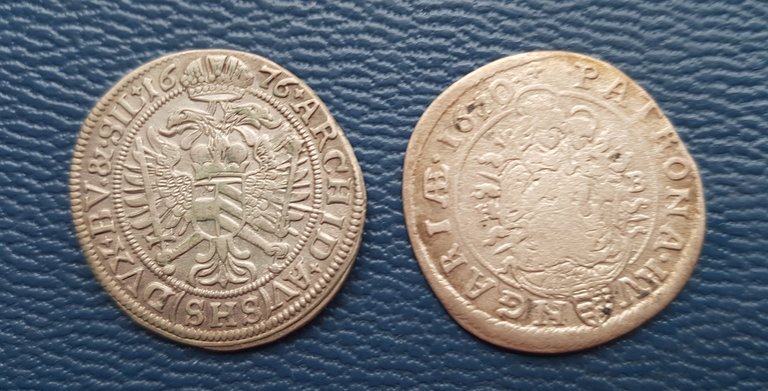
The first coin is Silesian, the second Hungarian. For such old coins the price is not governed by the weight and purity of silver, but I will still give both values.
6 kreutzer, diameter 25 mm, weight of silver 2.68 g, purity 438/1000.
I post to #silverogoldstackers based on what I feel like and what I can think of that might be of interest to someone. I have no idea when I will write next or what I will write about.
Thank you for reading and for any support.

